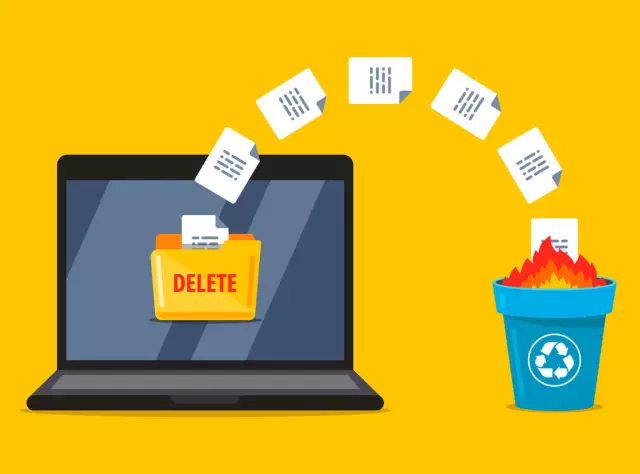In some cases, it becomes necessary to delete data from the media without the possibility of their recovery. It is known that most file systems, after a file has been deleted, remove the pointer to it and mark the space it occupies as free. In fact, the data will remain on the medium until it is overwritten with new ones. This creates the risk of their recovery, which is unacceptable for especially important (confidential) information. Linux operating system software allows you to solve such data destruction tasks without any problems.

Necessary
- - Linux operating system distribution kit;
- - the shred program.
Instructions
Step 1
Check for the shred program. Your distribution may not have shred by default, so you'll need to install it first. Refer to the help documentation for your distribution if you have difficulty installing.
Step 2
Start a terminal emulator. The shred program is a console program, so you can work with it through the command line. Use a terminal emulator standard for your distribution.
Step 3
Check out the program guide. To do this, run the command man shred at the command line. Carefully study the shred manual, the features of the application and the purpose of each key.
Step 4
Determine the object to destroy. It can be a file, a group of files, a part (section) or an entire storage medium. Think about what media may still contain the data you are interested in.
Step 5
Select the number of dubbing cycles. By default, shred is set to 25 rewrite cycles. However, the value of this parameter can be easily changed to the desired value using the -n switch.
Step 6
Define other startup options. Determine what else you need from the program when destroying data. Perhaps it will be an indicator of the progress of the current operation (switch -v) or hiding the fact of destruction (switch -z). Please refer to the manual for details.
Step 7
Start destruction. The easiest way to destroy the file / home / user / file is to run the command shred -u / home / user / file. To destroy all files in the directory, run the command shred -u /home/user/*.*.
Step 8
Wait for the operation to complete. The speed of data destruction depends on their quantity (volume) and the speed of the drive. The operation can take a long time to complete.






